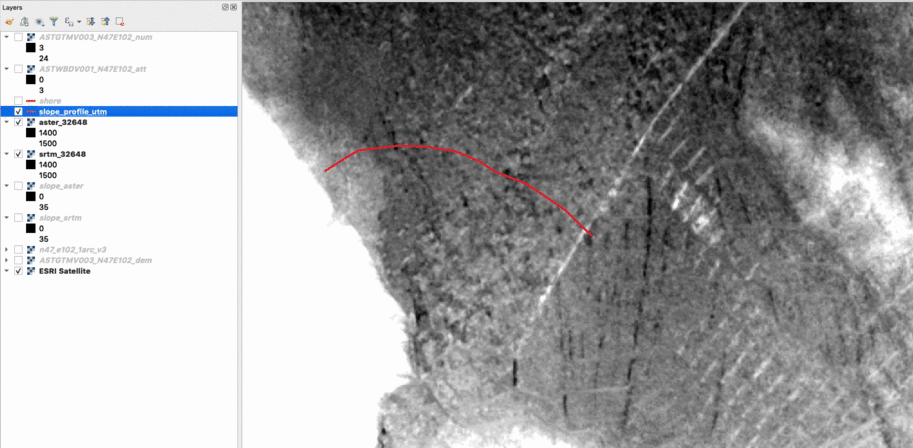
GDEM V3 vs SRTM 1: a comparison
Some time has past since I last wrote a DEM comparison, comparing ALOS World with SRTM 1 and GDEM V2 with SRTM 3. But as NASA and METI…


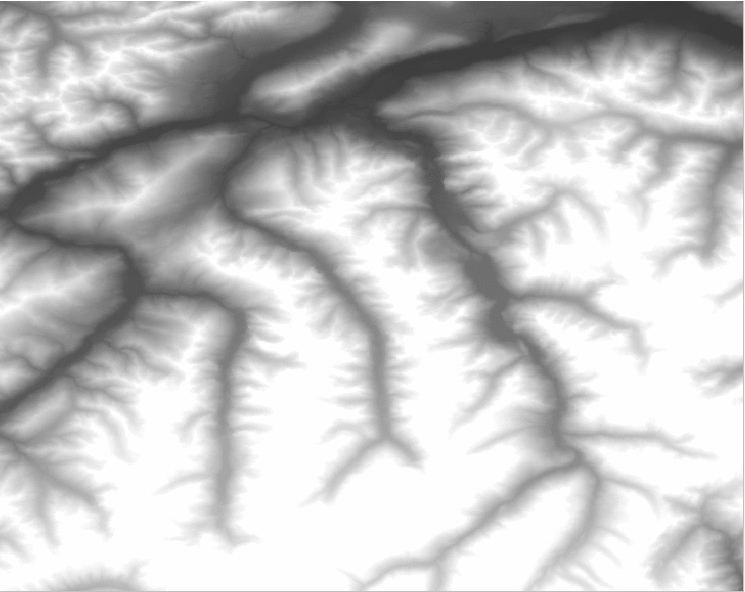
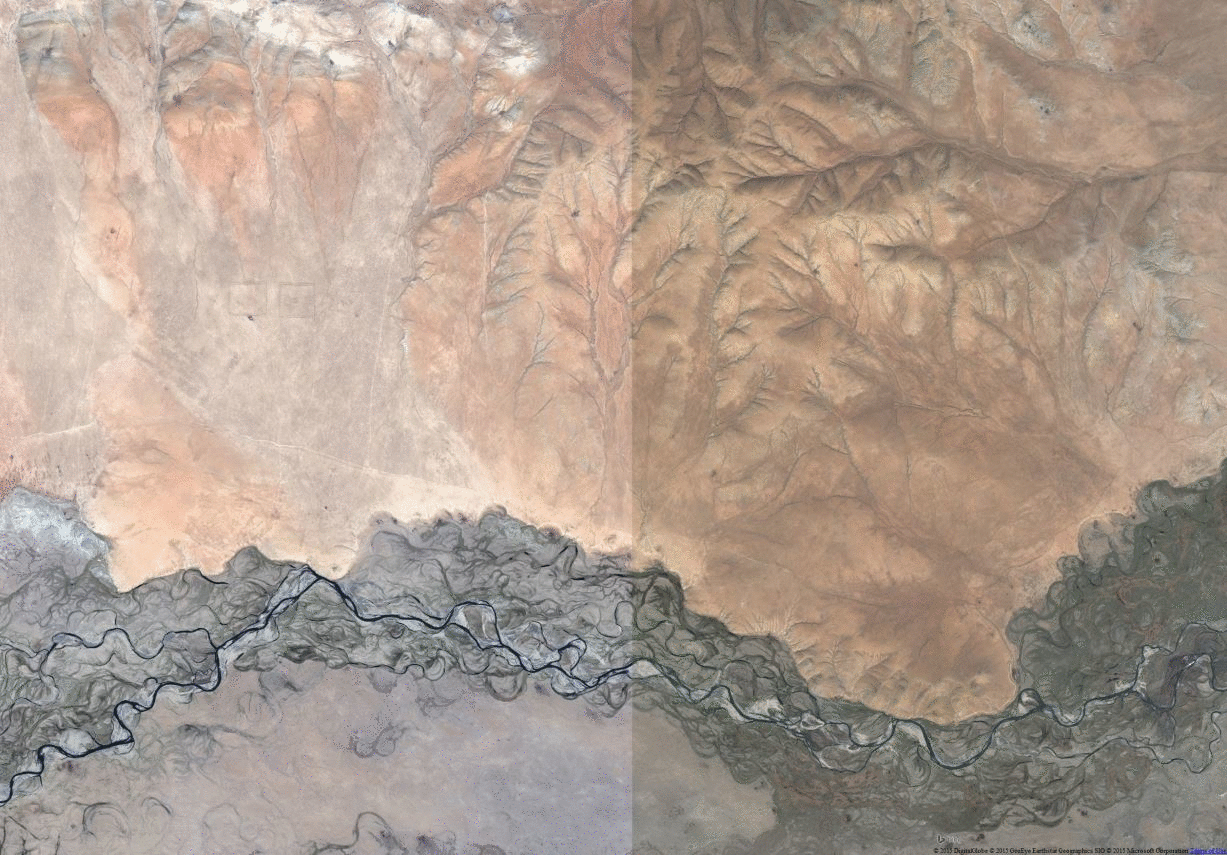
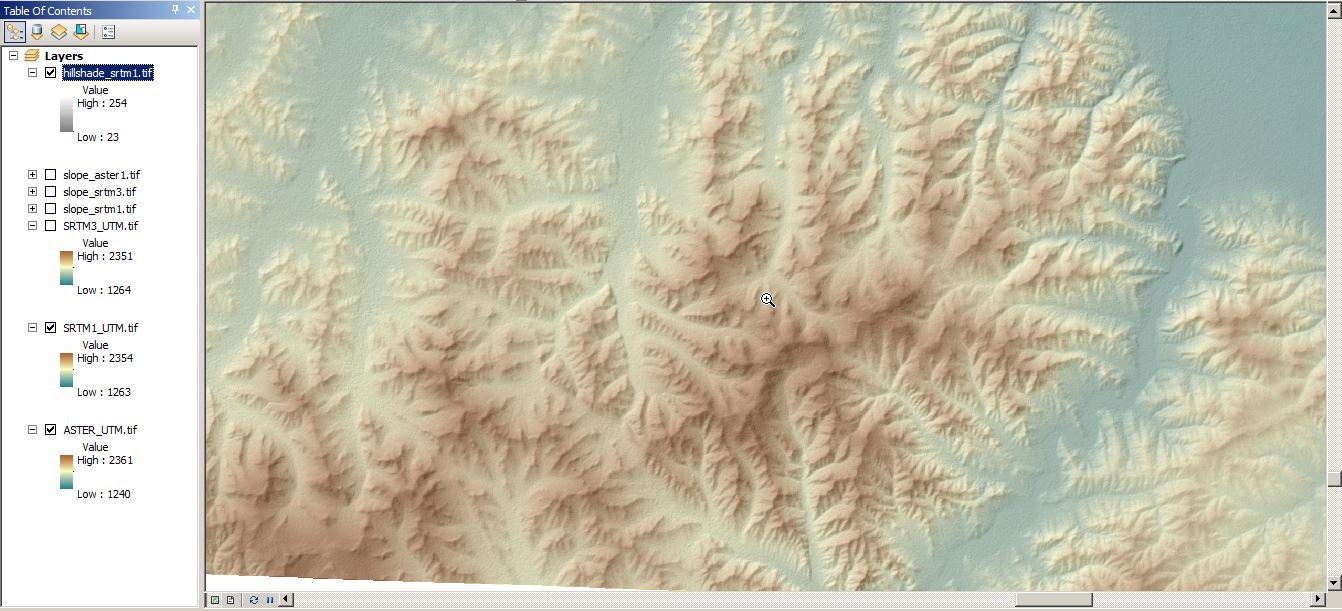
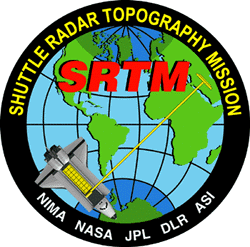
With this post I would like to come back on a topic from September 2014. In this blog post on Digital-Geography I announced that from September 2014 until…
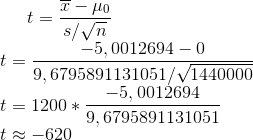
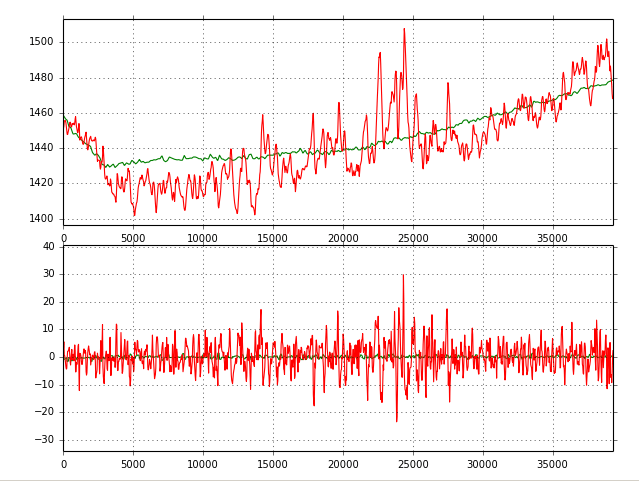
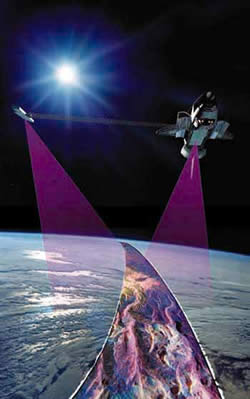
The White House announced on September 23th during the United Nations Heads of State Climate Summit in New York that they are going to release the high-resolution images…
Sorry to talk about this important tool with a little delay. As I was lecturing at the university I was using the Warehouse Inventory Search Tool (WIST) by…
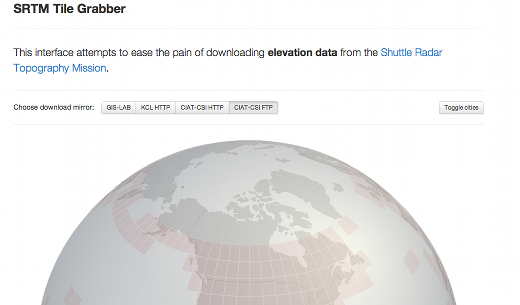
It’s been a couple weeks since I’ve posted here, but I just found something I wanted to pass along. If you work with geospatial data, you are probably…